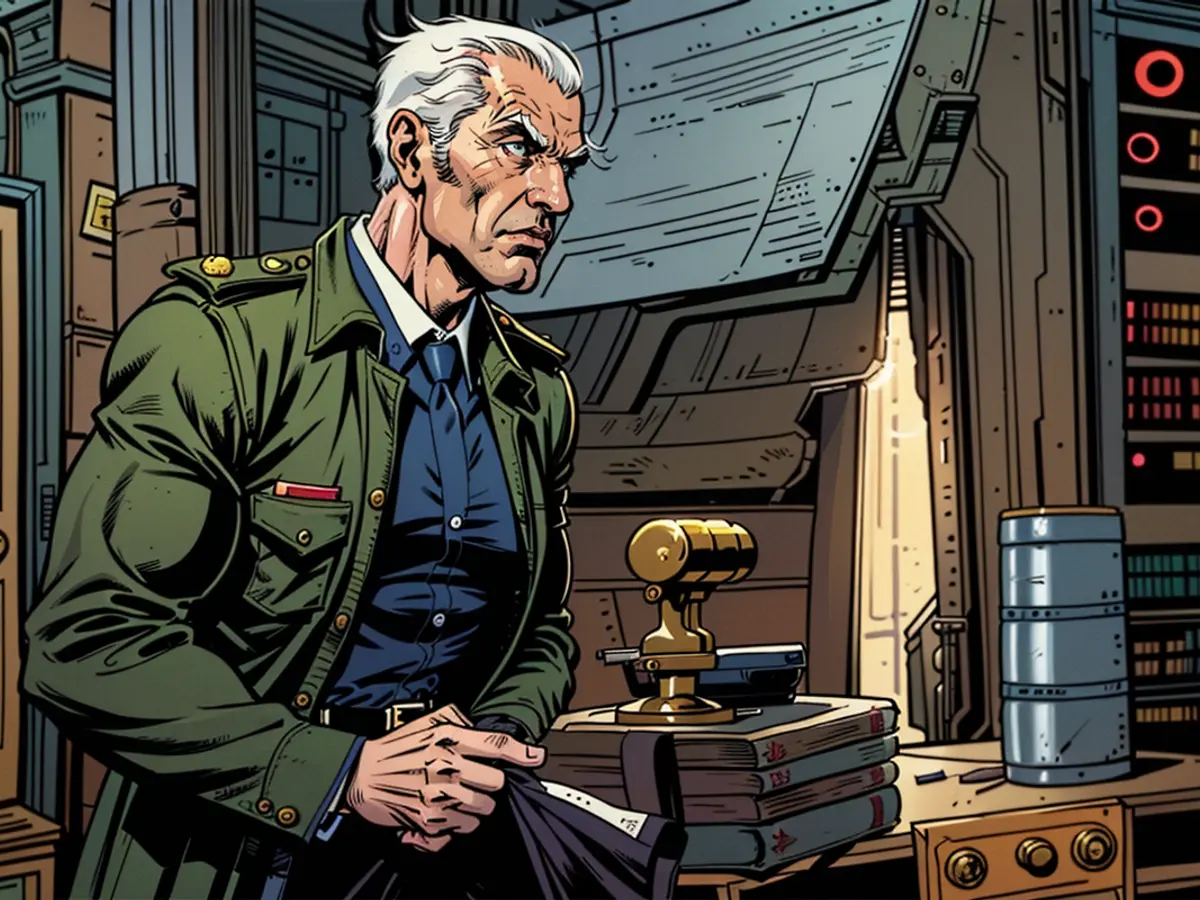Secret services - Art-Document: How the East and West taunted each other during the Cold War
It feels like a parallel world behind the political scenes of the 1980s: Secret services, spies, double agents operated on both sides of the Iron Curtain, switching from East to West and from West to East. Driven by mistrust, manipulation and hostility.
The documentary "Secret services in the Cold War" by British directors David Devenney and James Gray is airing on Arte in its first broadcast. The three-part series starts tomorrow. It begins with the episode "Paranoia" at 8:15 pm.
From KGB Agent to Double Agent
The focus is on KGB agent Oleg Gordijewski, who leaves Moscow to take up a position at the Soviet embassy in London. The tension between the two power blocks West and East intensifies. The arms race is running. Spying and mistrust keep fueling the fire. The threat of a nuclear war looms. Gordijewski becomes a double agent.
With his help, the British discover the potential of Kremlin rising star Mikhail Gorbachev, who could become a reformer at the head of the Soviet power apparatus. The West hopes for an improvement in relations with the East. British Prime Minister Margaret Thatcher and US President Ronald Reagan believe that a constructive dialogue is possible with Gorbachev in the Kremlin. But the secret services stand in each other's way with their machinations.
From Greed to Traitor
The head of the CIA's counter-intelligence against the USSR becomes a traitor out of greed and sells information to the Soviets. As a result, Gordijewski is recalled to Russia, which could mean a death sentence for him. In his Moscow apartment, he realizes that he had visitors.
For the documentary, the directors have gathered ample archival material, including interviews with Gordijewski, former advisors to British Prime Minister Margaret Thatcher and US President Ronald Reagan, as well as former officers of the KGB, MI5 and MI6. They have experienced the hostile climate between East and West in the early 1980s firsthand. Some of the interviewees speak in front of a camera for the first time. A thrilling documentary about a particularly dangerous phase of the Cold War has been created.
- The Cold War era was marked by intense rivalry between the KGB and the West's secret services, often involving spies and double agents switching allegiances.
- The documentary "Secret services in the Cold War" reveals how KGB agent Oleg Gordijewski, stationed in London, became a crucial double agent during this period.
- Mikhail Gorbachev's rise within the Soviet power apparatus was identified by the British thanks to Gordijewski's information, offering hope for improved East-West relations.
- The secret services, however, continued to obstruct any constructive dialogue between Margaret Thatcher, Ronal Reagan, and Gorbachev in Moscow.
- In the midst of this intrigue, the head of the CIA's counter-intelligence against the USSR betrayed his country for personal gain, leading to Gordijewski's recall to Russia.
- The documentary features archival material and interviews with key figures, including Gordijewski, former advisors to Thatcher and Reagan, and ex-KGB, MI5, and MI6 officers, all who experienced the hostility of the early 1980s firsthand.
- With interviews never before shared on television, "Secret services in the Cold War" presents an engaging account of one of history's most dangerous phases, broadcasting on Arte starting tomorrow at 8:15 pm.
- The documentary series also uncovers how the British and American secret services attempted to manipulate events during the Cold War, counteracting attempts for detente from the Russian side.
- The tension between the United States of America, led by Reagan, and the United Kingdom, under Thatcher's leadership, set the stage for a complex web of alliances, threats, and spy games.
- The fall of James Gray, the head of the CIA's counter-intelligence division, and his subsequent decision to betray his country further highlights the web of deceit and paranoia that consumed the Cold War era, up until the July 30th events in the Kremlin.








